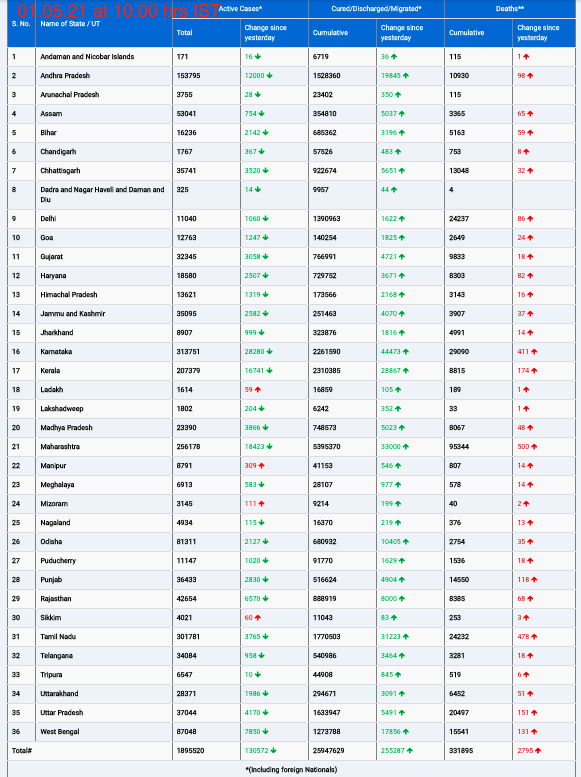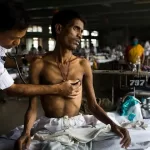Environmental surveillance – complementary tool for tracking COVID-19

Over 60 countries, including several in the Americas, are using wastewater monitoring to track SARS-CoV-2 in communities, with over 3,300 active sites.
Washington, D.C., April 29, 2022 (PAHO) — New guidance from the World Health Organization (WHO) provides advice to countries on sampling and testing for the SARS-CoV2 virus in untreated wastewater as part of environmental surveillance to complement COVID-19 control strategies.
Laboratories in Argentina, Brazil, Canada, Chile, Costa Rica, Colombia, Ecuador, Mexico, Peru, and the United States are among those using the method to monitor for the virus in the Americas.
“This type of surveillance can provide complementary evidence that the SARS-CoV-2 virus is circulating,” said Dr. Enrique Perez, Incident Manager for COVID-19 at the Pan American Health Organization (PAHO). “Systematic sampling and testing of untreated wastewater can be a non-invasive, supplementary way to monitor the presence of the virus. However, it is still important to maintain other surveillance methods,” he noted.
The WHO guidance says that environmental surveillance can “provide early warning and additional evidence regarding the virus in circulation in the population, including its presence or absence, trends in concentrations, and variants of concern or interest.” It also points out the difficulties and challenges in its application.
Wastewater surveillance is not new, and the method has been applied to enteric pathogens such as poliovirus or enteroviruses, and to test for the presence of antibiotic- resistant bacteria. It uses PCR testing to detect the genetic material of the virus in community sewage from municipal systems.
With COVID-19 circulating in all countries, routine surveillance programs have stepped up the use of the method for community-scale SARS-CoV-2 environmental surveillance to provide scientists with additional data.
The guidance document aims to help public health professionals make evidence-based and programmatic decisions on the value of environmental surveillance and understand its operational implications and overall limitations. It provides advice on setting up a successful program, and promotes sharing of methods and approaches between municipalities, countries, and regions.
Most of the published guidance and implementation experience for wastewater monitoring is from settings with a high proportion of households connected to sewers, relatively high financial resources and good laboratory capacity, the document notes. Limited guidance is also available for areas without sewers and lower-resource settings, particularly where sampling programs have been able to leverage existing capacity for polio surveillance.











